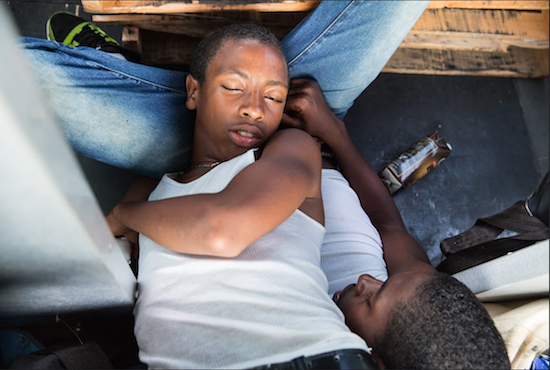‘Portraits of Hunger in NYC’ exhibited at Brooklyn Historical Society

Food Bank for New York City and the Brooklyn Historical Society (BHS) are presenting a joint exhibition, “Hidden in Plain Sight: Portraits of Hunger in NYC,” which opened on Nov. 6 at the BHS (128 Pierrepont St. in Brooklyn Heights).
The exhibition features the photographs of Brooklyn-based photojournalist Joey O’Loughlin. It reflects the extraordinary diversity of location, population and experience in food pantries throughout New York City, where hundreds line up to receive free groceries. The exhibit is designed to raise awareness of the causes and impact of food poverty as a devastating reality of contemporary urban life.
For nearly three years, O’Loughlin documented the people behind the statistics by photographing and interviewing clients at Food Bank for New York City’s citywide network of food pantries — the last line of defense against hunger for New Yorkers in need — to reveal the people who run them and the people who wait on their lines. Through these images, O’Loughlin asks the question, “What would you be willing to do if you couldn’t afford to feed your children?”

Brooklyn Heights
View MoreRead the Brooklyn Height's Press and Cobble Hill News. Find out more about Brooklyn Height's History here.